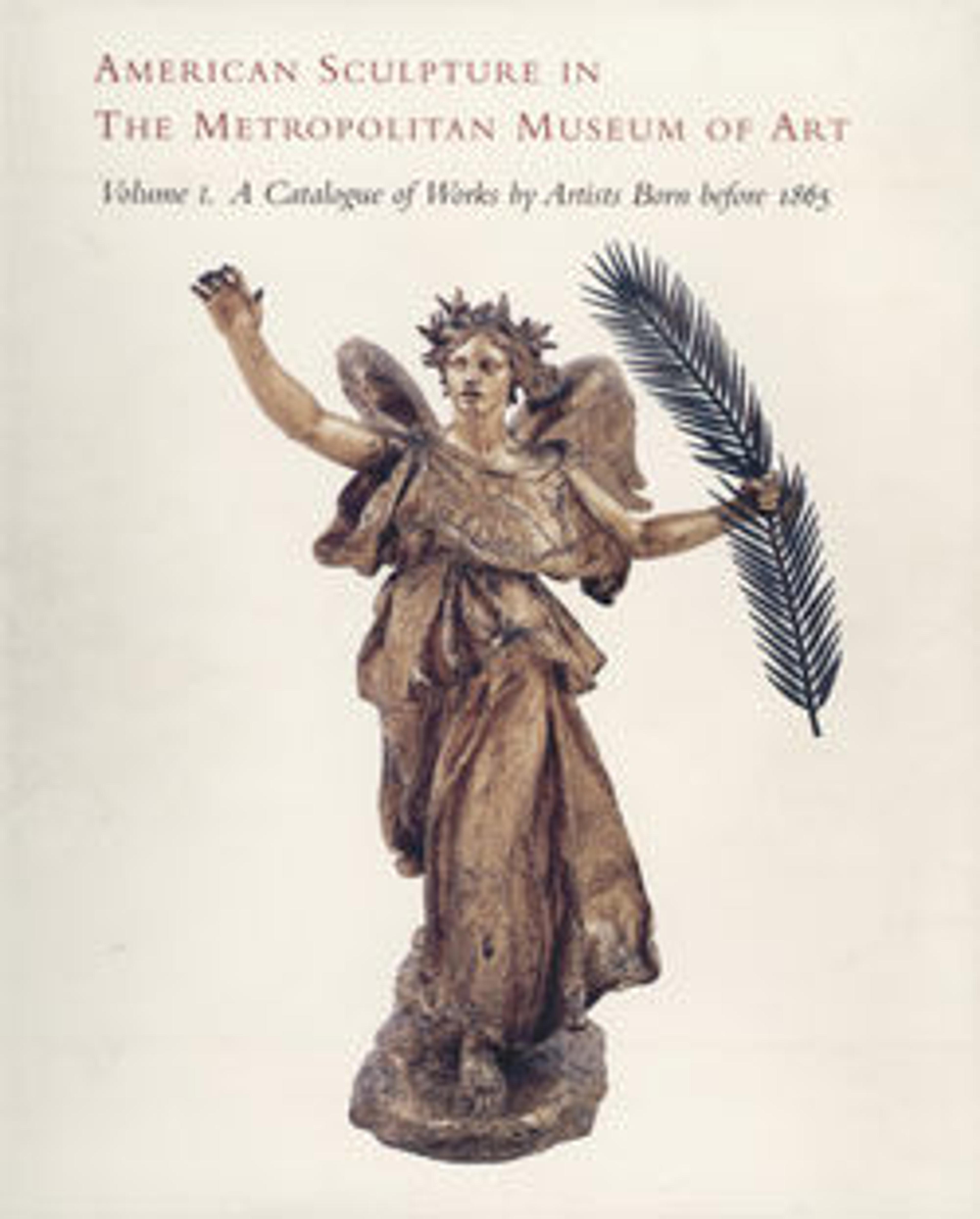The Falling Gladiator
The Boston-based Rimmer was a practicing physician with a superb command of anatomy. He turned to sculpture in the late 1850s, eventually abandoning his medical practice to head a successful art school. In this work, Rimmer conveys the wounded warrior’s physical stress by accentuating his rippling skin and the taut, straining muscles beneath. The tension between the raised arm and the dramatic, collapsing posture enhances the work’s emotional intensity and reflects Rimmer’s fascination with figures that rise and fall simultaneously. Although classical in theme, "The Falling Gladiator" differs from most contemporaneous American sculptures because it lacks a specific literary reference. He rendered the figure with a blunt sword—an element that would identify him as a Gaul, perhaps an association with the artist’s father who, according to family legend, lost a valid claim to the throne of France in his youth. The sculpture was rejected from the Paris Salon, a prestigious annual exhibition, allegedly because the judges thought it was cast from a live model. The Met bronze was produced posthumously in 1907 from a plaster cast after Rimmer’s original plaster (now Smithsonian American Art Museum, Washington, DC).
Artwork Details
- Title: The Falling Gladiator
- Artist: William Rimmer (American (born England), Liverpool 1816–1879 South Milford, Massachusetts)
- Founder: Cast by John Williams (American, New York, ca. 1875–ca. 1953)
- Date: 1861; cast 1907
- Culture: American
- Medium: Bronze
- Dimensions: 63 x 41 x 38 1/8 in. (160 x 104.1 x 96.8 cm)
- Credit Line: Rogers Fund, 1907
- Object Number: 07.224
- Curatorial Department: The American Wing
Audio
95. The Falling Gladiator, Part 1
Gallery 700
0:00
0:00
We're sorry, the transcript for this audio track is not available at this time. Please email info@metmuseum.org to request a transcript for this track.
Listen to more about this artwork
More Artwork
Research Resources
The Met provides unparalleled resources for research and welcomes an international community of students and scholars. The Met's Open Access API is where creators and researchers can connect to the The Met collection. Open Access data and public domain images are available for unrestricted commercial and noncommercial use without permission or fee.
To request images under copyright and other restrictions, please use this Image Request form.
Feedback
We continue to research and examine historical and cultural context for objects in The Met collection. If you have comments or questions about this object record, please contact us using the form below. The Museum looks forward to receiving your comments.
